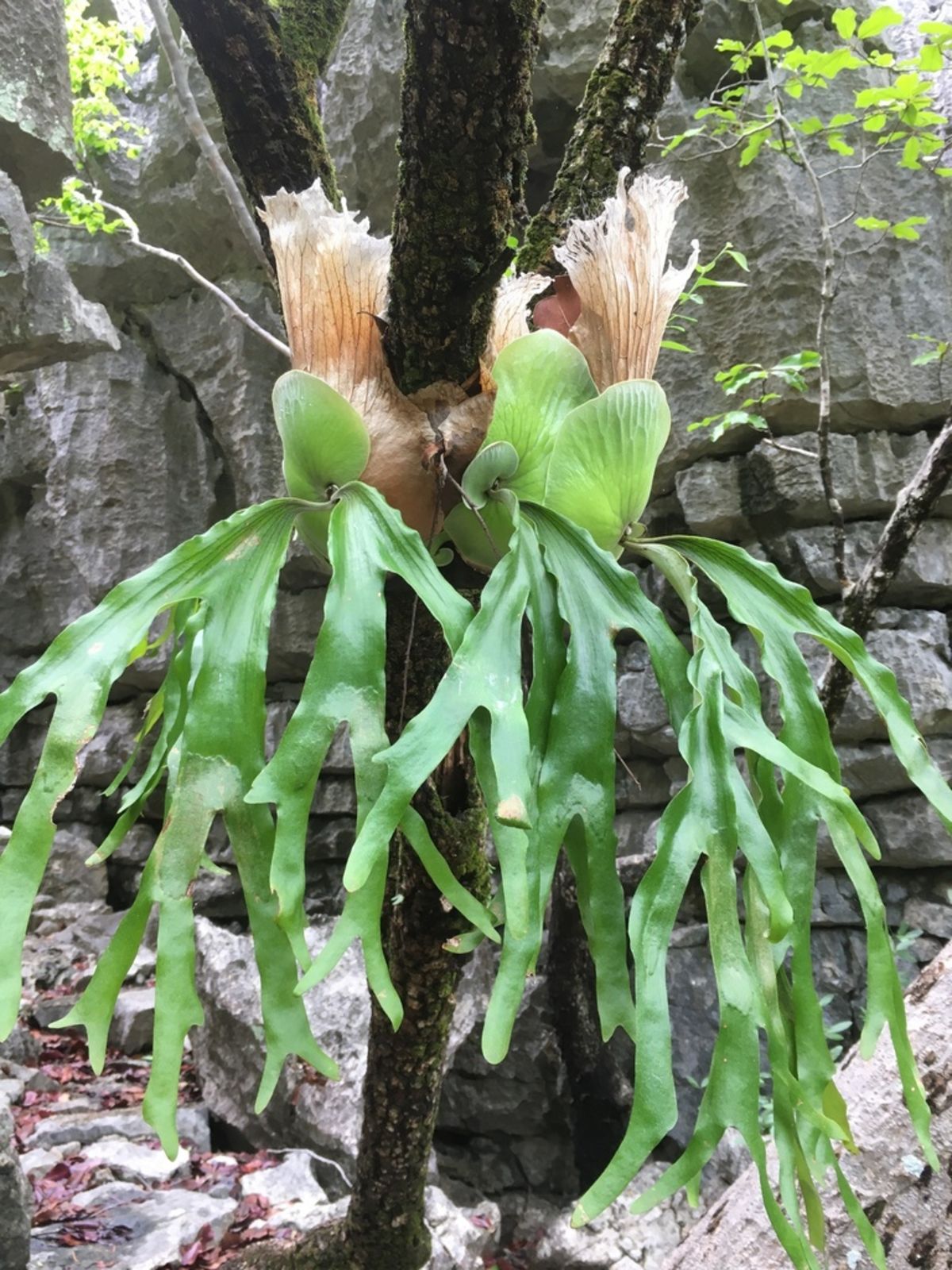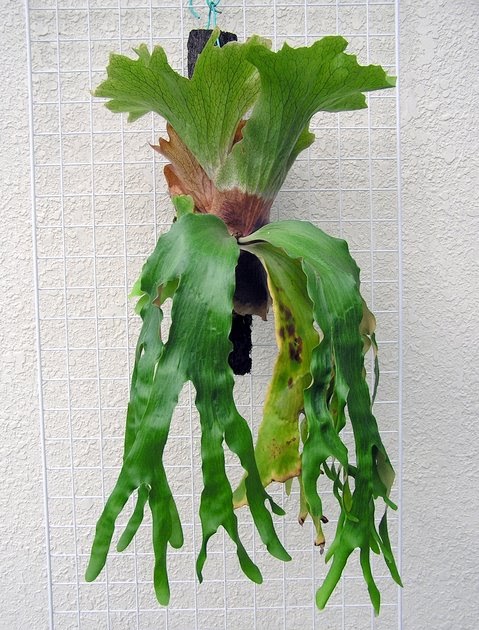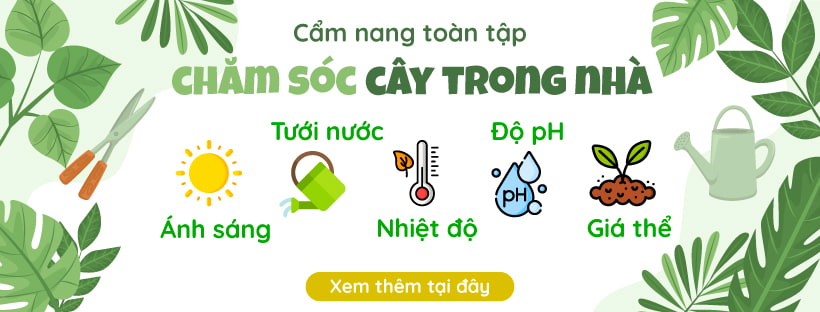Platycerium Quadridichotomum
| Surname | Polypodiaceae |
|---|---|
| Leaf color | silver green, green |
| Shield | rounded |
| Beard | droop |
| Leaf size | vừa |
| Tăng trưởng | chậm |
| Breeding | Spores develop in the branching lobes of the antennae. |
| Diseases & Pests | spiders, aphids, root rot, leaf rot |
This Platycerium Quadridichotomum species with a super hard-to-remember name has a very unique feature: its antennae are always divided into 4 branches and the edges of the antennae are very wavy. They thrive in the rainy season and sleep in the dry season. The upper surface of the antennae is usually brighter than the lower surface. Their shields are not lobed and grow strongly upwards. They grow in the driest areas of Madagascar, so the shields will turn brown and dry in the dry season, the antennae hang straight to reduce the area exposed to sunlight, when the rainy season comes, they will develop a new, vibrant green shield. P. Quadridichotomum when grown in nurseries are often provided with more water than in the natural environment. They are also more resistant to insects than P. Ridleyi. They reproduce seedlings when the plants are young, but the number of seedlings is not much, gardeners often use their spores for hybridization.
Hybrids from P. Quadridichotomum:
· P. African Oddity (P. Quadridichotomum xP. Stemaria)
· P. Artermis (P. Quadridichotomum x P. alcicorne)
· P. Wonder (P. Quadridichotomum x P. Alcicorne_
· P. Boonchom (P. Quadridichotomum x P. Andinum)
· P. Callard (P. Quadridichotomum x P. Andinum)
· P. Budsaba (P. Quadridichotomum x P. Madagascariense)
Note: The above information is only relative, the living conditions of the tree also depend a lot on other objective factors.
Light
Platycerium Quadridichotomum prefers bright indirect light.
Temperature
Water
Water a lot, but keep it airy. Avoid water stagnation which will cause root rot.
Humidity
The best humidity for Platycerium Quadridichotomum plants is above 70%.
pH
For Platycerium Quadridichotomum, the ideal pH range is 5.0 - 7.0 pH.
Indoor Plant Care Guide
The most important and basic knowledge about growing plants indoors:









